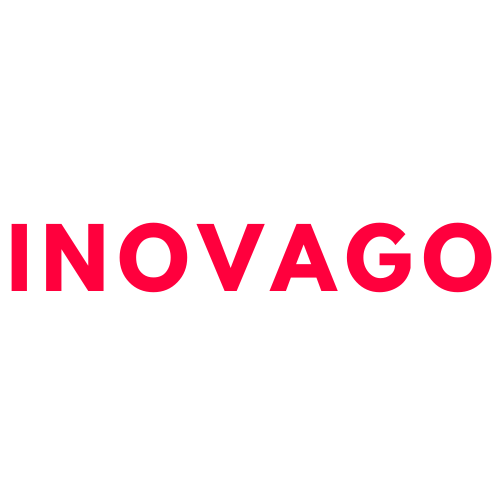R&D sur stacking biohacking: Lion's Mane, niacine et psilocybine
Tests de produits high tech révolutionnaire

We are working on a new 3rd generation rodenticide for the Canada market
If a domestic rodenticide has the same concentration of active ingredient as a commercial product, several considerations come into play:
- Regulatory Compliance: In Canada, both domestic and commercial rodenticides are regulated by the Pest Management Regulatory Agency (PMRA). The PMRA sets the rules for the concentration of active ingredients based on intended use and safety. If a domestic product has the same concentration as a commercial one, it must still meet the regulatory standards set for residential use, including safety, efficacy, and labeling requirements.
- Safety and Handling: The higher concentration typically found in commercial products may pose increased risks in a residential setting, where children and pets are more likely to be exposed. Therefore, even if the concentration is the same, domestic products often have additional safety features, such as tamper-resistant bait stations, to mitigate these risks.
- Labeling and Instructions: Regardless of concentration, the labeling and instructions for use can differ significantly between domestic and commercial products. Domestic products generally have more detailed safety instructions tailored to non-professional users.
- Targeted Use and Formulation: Sometimes, the formulation of the product, not just the concentration of the active ingredient, determines its suitability for domestic or commercial use. Other ingredients in the formulation can affect the product's safety profile, efficacy, and method of action.
- Responsibility of Use: It's crucial for users, whether handling a domestic or commercial product, to follow the label instructions precisely. Improper use of rodenticides can lead to ineffective control of pests, environmental harm, and risks to non-target species, including humans and pets.
- Professional Guidance: For residential users dealing with significant infestations, or when using products with higher concentrations of active ingredients, it might be advisable to seek professional pest control services. Professionals have the training and experience to handle potent formulations safely and effectively. Domestic rodenticide might have the same active ingredient concentration as a commercial product, its overall formulation, safety features, labeling, and intended use could differ significantly to align with the specific needs and safety concerns of residential environments.
What we do best
Product, Market, and Business Analysis
Market Research: Understand the target audience, market size, and customer preferences through surveys, focus groups, and market data analysis.
Competitive Analysis: Identify direct and indirect competitors, analyze their strengths and weaknesses, and find market gaps.
SWOT Analysis: Evaluate the Strengths, Weaknesses, Opportunities, and Threats of the business in the current market.
Email Marketing
List Building: Collect emails through sign-ups, lead magnets, and promotions.
Segmentation: Divide the email list based on demographics, purchase history, and customer behavior.
Newsletter Campaigns: Regular newsletters featuring new products, offers, and content.
Automation: Set up automated email sequences for cart abandonment, welcome emails, and post-purchase follow-ups.
Direct Marketing
Catalogs: Create and distribute product catalogs digitally and via mail.
Postcards: Send postcards with special offers or product announcements.
SMS Marketing: Send promotional texts and transactional updates.
Website Design
User Experience (UX): Develop a website that is easy to navigate, with clear calls to action.
User Interface (UI): Design visually appealing interfaces that align with brand identity.
Mobile Optimization: Ensure the website is fully responsive on mobile devices.
Conversion Rate Optimization (CRO): Continuously test different elements to improve the conversion rate.
E-commerce Marketing
Product Listings: Optimize product titles, descriptions, and images.
Cross-Selling and Upselling: Implement features to suggest related products or upgrades.
Loyalty Programs: Develop a system for rewarding repeat customers.
Search Engine Optimization (SEO)
Keyword Research: Identify high-traffic keywords to target.
On-Page SEO: Optimize content and meta tags for target keywords.
Technical SEO: Ensure site speed, mobile-friendliness, and secure connections.
Content Marketing: Produce valuable content to attract and engage visitors.
Google Ads and Google Merchant
Ad Campaigns: Set up PPC campaigns targeting relevant keywords.
Shopping Ads: Use Google Merchant Center to showcase products directly in search results.
Retargeting: Implement retargeting ads to re-engage visitors.
Google Analytics Management
Setup: Integrate Google Analytics with the e-commerce platform.
Monitoring: Regularly review analytics to understand traffic sources, behavior, and conversions.
Reporting: Create custom reports to track KPIs and ROI.
Microsoft Channel Management
Bing Ads: Set up campaigns on Microsoft's search network.
Microsoft Shopping: Integrate with Microsoft Merchant Center for product listings.
Video Production and Scripting
Product Videos: Create videos demonstrating products or sharing customer testimonials.
Branding Videos: Develop brand storytelling videos to connect with the audience.
Tutorials and How-tos: Offer value through instructional content related to the product usage.
Content Creation
Blog Posts: Write informative and SEO-friendly articles.
Infographics: Design infographics that summarize key information in a visually engaging way.
Social Media Content: Regularly post on various social media platforms.
Additional Strategies
Influencer Marketing: Partner with influencers to expand reach.
Affiliate Marketing: Set up an affiliate program to encourage others to promote products.
Public Relations (PR): Get featured in media outlets to build brand credibility.


